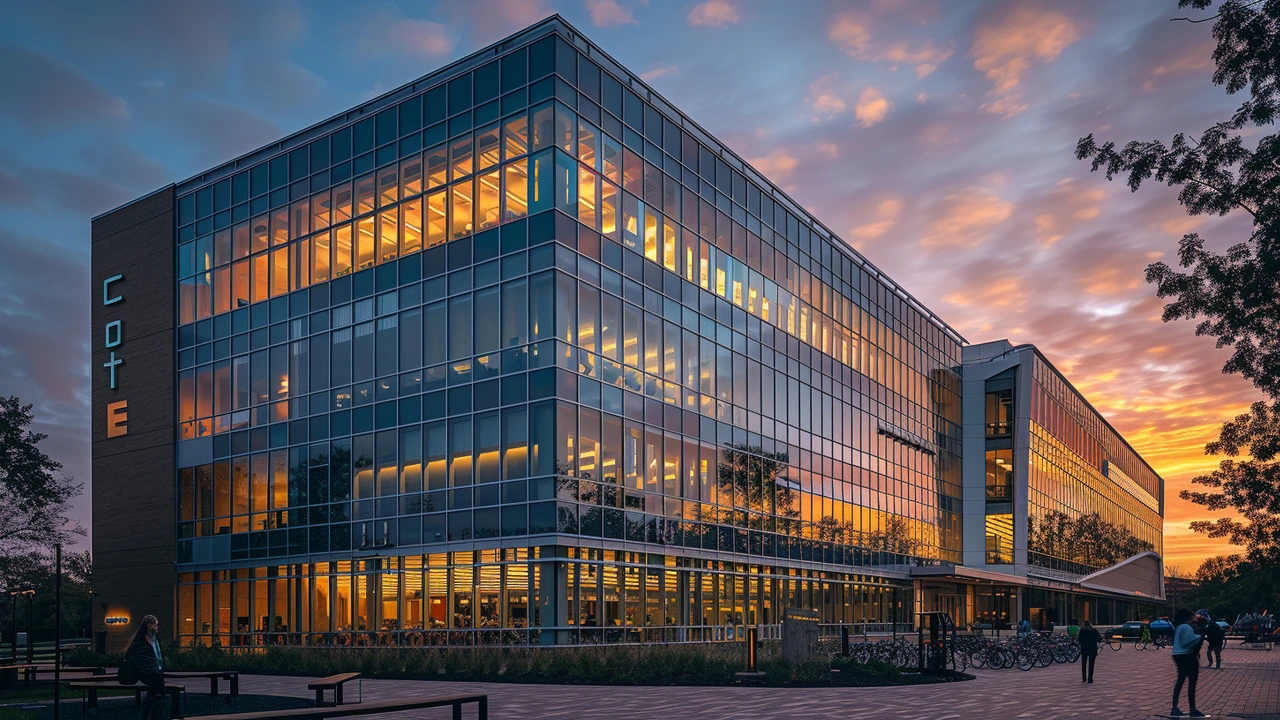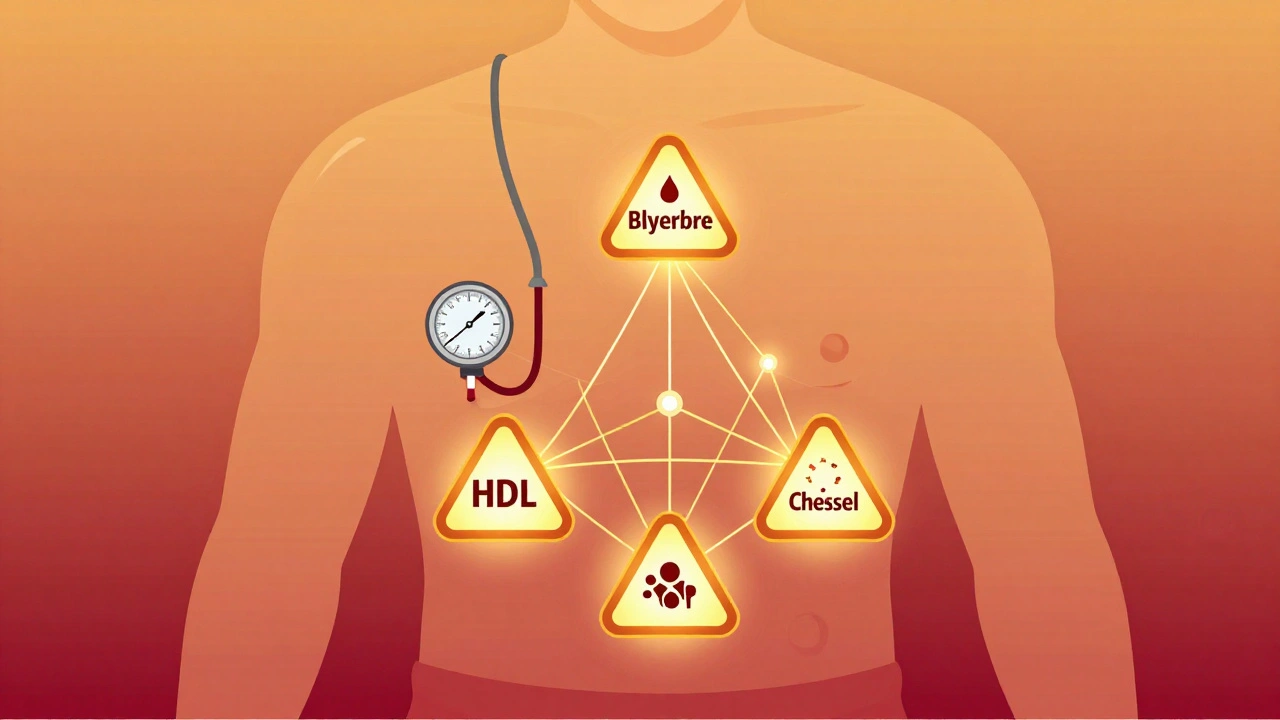Higher Education Inequality
College should open doors. For lots of people it does — but not for everyone. Higher education inequality describes the gap in who gets into college, who graduates, and who benefits afterward. That gap shows up as differences by family income, race, geography, and whether you’re the first in your family to go.
Why it happens
Start with money. Rising tuition and living costs push low-income students away or into heavy debt. Even when tuition is covered, extra costs like books, housing, and missed work make college harder to stay in. K-12 schooling matters too: students from underfunded high schools often miss the test prep and counseling that make applications competitive.
Admissions and legacy practices also shape who gets access. Legacy admissions and expensive summer programs can favor wealthier families. Geographic gaps matter: rural areas and some inner cities simply have fewer nearby colleges and fewer transfer pathways from community college to four-year schools.
Finally, support after enrollment is uneven. Students from advantaged backgrounds often have family or social networks that help with internships, housing, and navigating campus bureaucracy. First-generation and low-income students face steeper learning curves and fewer safety nets.
What actually helps
Some fixes are simple and practical. For students: apply early for FAFSA and local scholarships, use community college as a cost-effective start, and look for colleges with strong transfer agreements and robust advising. Ask financial aid offices about emergency funds — those small grants can keep you enrolled when life hits.
Colleges can make a big difference by changing small rules. Remove or waive application fees for low-income applicants. Offer guaranteed advising and credit audits for transfer students. Create short bridge programs that teach study skills and financial literacy before term starts. Targeted emergency grants prevent dropouts better than loans do.
Policy actions matter too. States that fund colleges based on student outcomes — not just enrollment — push institutions to support graduation. Expanding need-based aid instead of merit aid helps students who otherwise can’t afford college. Public reporting on completion and debt by income group makes inequalities harder to ignore.
Don’t expect overnight change. But small, focused steps add up. Colleges that simplify applications and strengthen advising raise graduation rates. Students who use community college to transfer can save tens of thousands in tuition. And when states tie funding to equity, institutions pay attention.
If you’re a student trying to beat the odds: ask questions, use campus resources early, and seek mentors who’ve been there. If you work at a college or in policy: test low-cost interventions like emergency grants, application-fee waivers, and guaranteed advising. Those moves help the people who need it most — and they improve outcomes for everyone.






